If you’re a dog owner, you’ve probably heard that chocolate can be toxic for your four-legged friend, but you may not know why. While you may be able to eat a whole bar of chocolate and only get a stomach ache, what makes that same amount potentially lethal for pets?
Read on to get the answer to that question, as well as to find out how much chocolate is dangerous, and whether you need to be as concerned about your cat getting its paws on your sweets.
So why is chocolate dangerous for dogs?
It comes down to compounds called methylxanthines. The two that are found in chocolate are caffeine and theobromine.
For dogs, the more dangerous of these two is theobromine, because chocolate contains much more of it than it does caffeine. In a 50 gram portion, dark chocolate only has around 20 milligrams of caffeine, but over 200 milligrams of theobromine.
The methylxanthines in chocolate come from the cocoa beans used to make it, so milk chocolates contain less of these substances.
Both caffeine and theobromine interact with chemical receptors in the brain, preventing them from absorbing another chemical called adenosine. In addition to increasing alertness, this can also increase heart rate.
Depending on their size, if dogs eat enough chocolate, it can cause severe heart problems, among other dangerous effects. Even if they don’t eat a lethal dose, chocolate can still make dogs quite sick, causing symptoms like diarrhea, vomiting and excessive panting.
How much chocolate is dangerous for dogs?
The short answer is that it depends. The median lethal dose of theobromine in dogs is about 100-500 milligrams per kilogram of body weight, so a bigger dog can eat more chocolate without a risk of serious side effects, and vice versa.
A 100-gram bar of dark chocolate, for example, would likely only make a large breed like a Doberman sick, but that amount could easily be fatal to a small breed like a Chihuahua.
In addition, because different kinds of chocolate contain different levels of caffeine and theobromine, different kinds of chocolate are more dangerous to dogs than others. Dark chocolates are much more hazardous for dogs because they have more cocoa products in them, and, accordingly, higher levels of these two methylxanthines.
Baking chocolates can be the most dangerous of all, as they can have extremely high amounts of cocoa solids — sometimes as high as over 90% by weight.
There are a number of helpful guides like this one that can give you an idea of whether you should be concerned about the amount of chocolate your dog may have nicked off the counter when you had your back turned.
If in doubt, though, the safest bet is to call your vet or an animal poison control hotline. Be sure to have the packaging of whatever your dog ate handy so you can tell the person you’re talking to how much chocolate they’ve had and how much cocoa it contains.
What about cats?
While the theobromine in chocolate can be just as dangerous for cats as it is for dogs, their eating habits don’t put them at as high of a risk for poisoning by chocolate.
Domesticated dogs have adapted to an omnivorous diet while cats need a diet of exclusively meat to fulfill their nutritional needs. For this reason, cats are less likely than dogs to eat whatever they can find around the house, including chocolate.
Because they are much smaller than many dogs, however, even a little bit of chocolate could be quite harmful for a cat if it were to eat it, so it’s still a good idea to keep chocolate where none of your pets will be able to get into it.
Too much of a good thing
Even though they’re not present in levels high enough to have any dramatic effects on people, the theobromine and caffeine in chocolate can make your canines seriously sick, or even worse.
An unguarded chocolate chip cookie probably won’t do too much harm, but you should take care to keep bars or bags of chocolate — especially dark or baking chocolates — safely out of reach of your dogs.

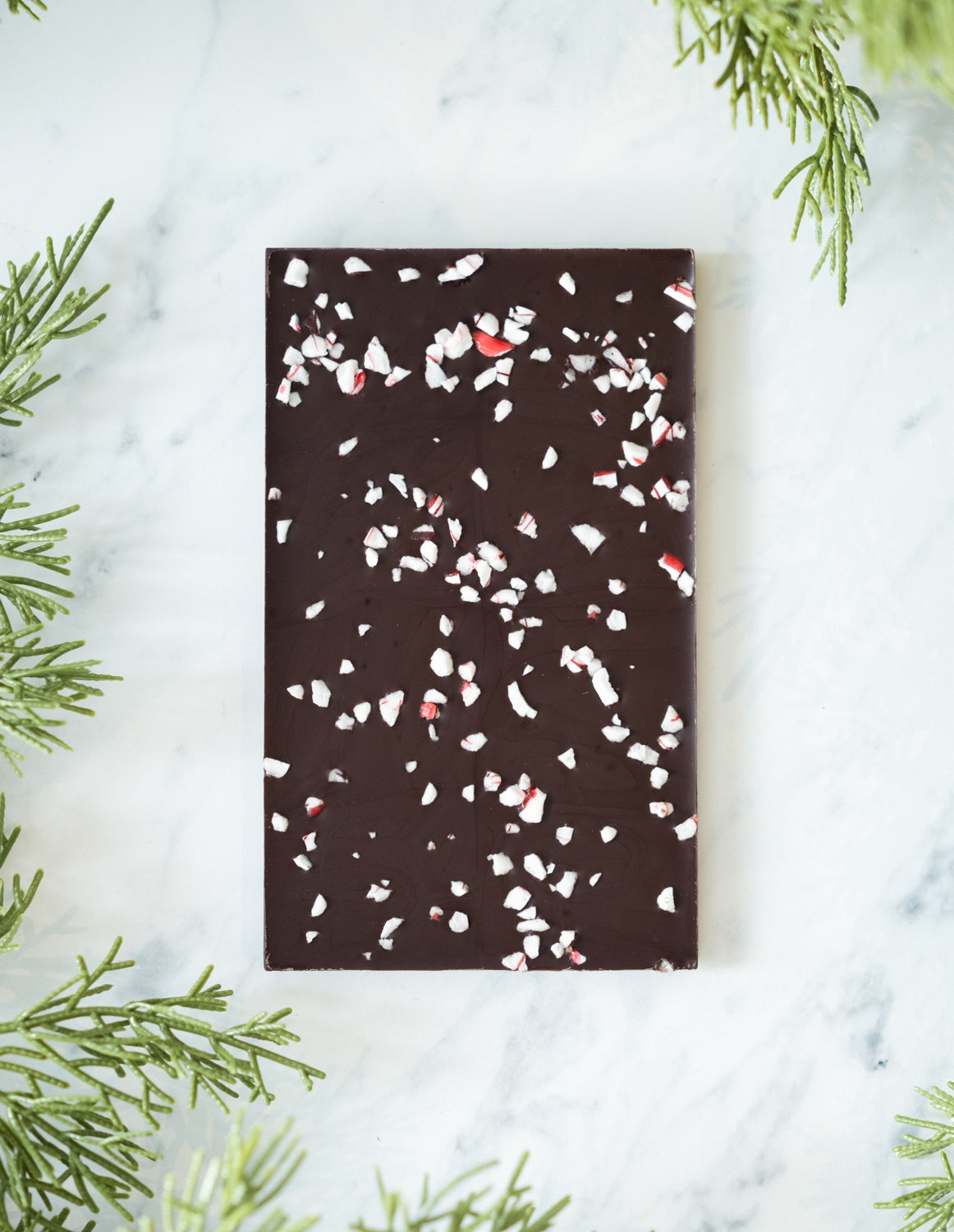


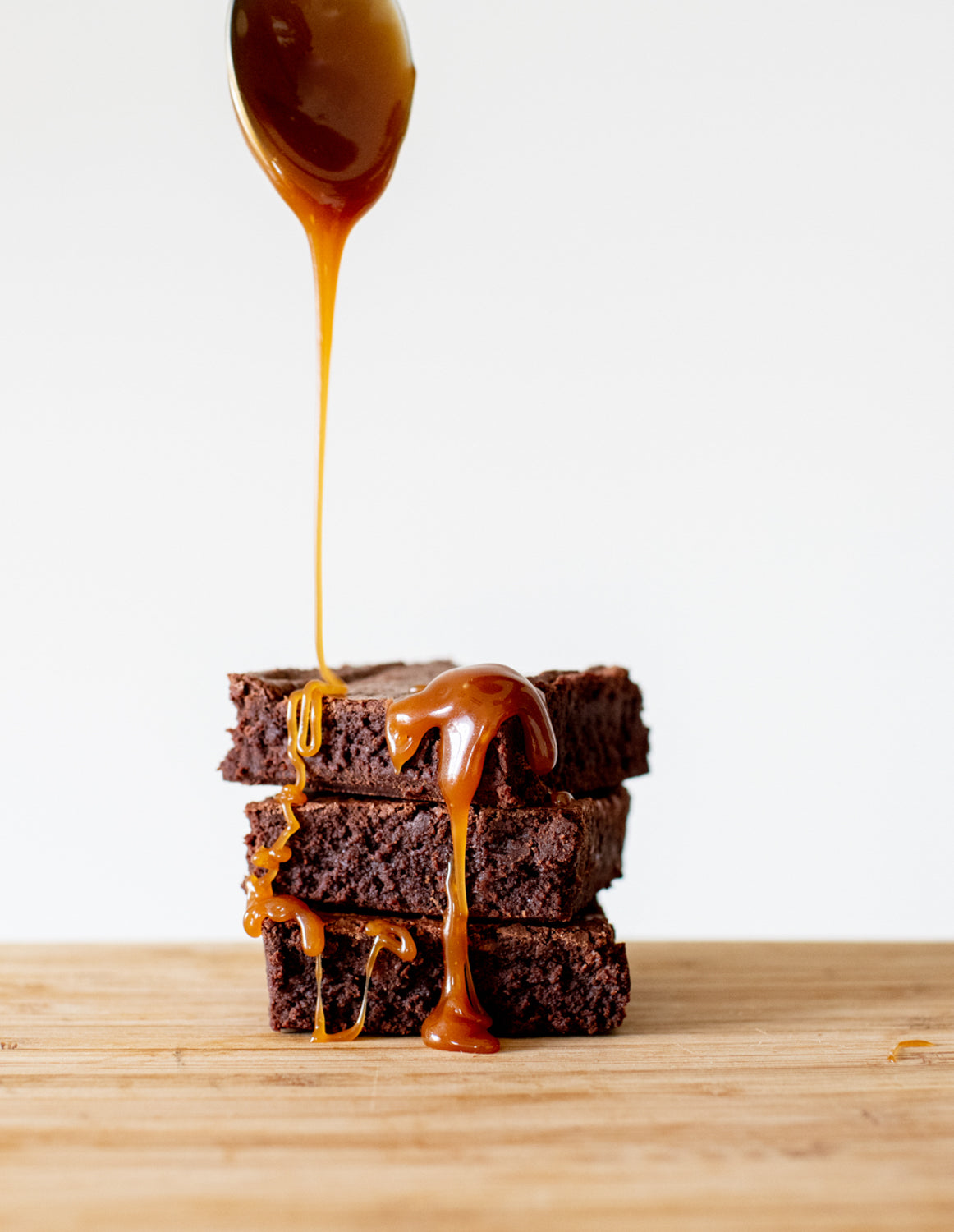
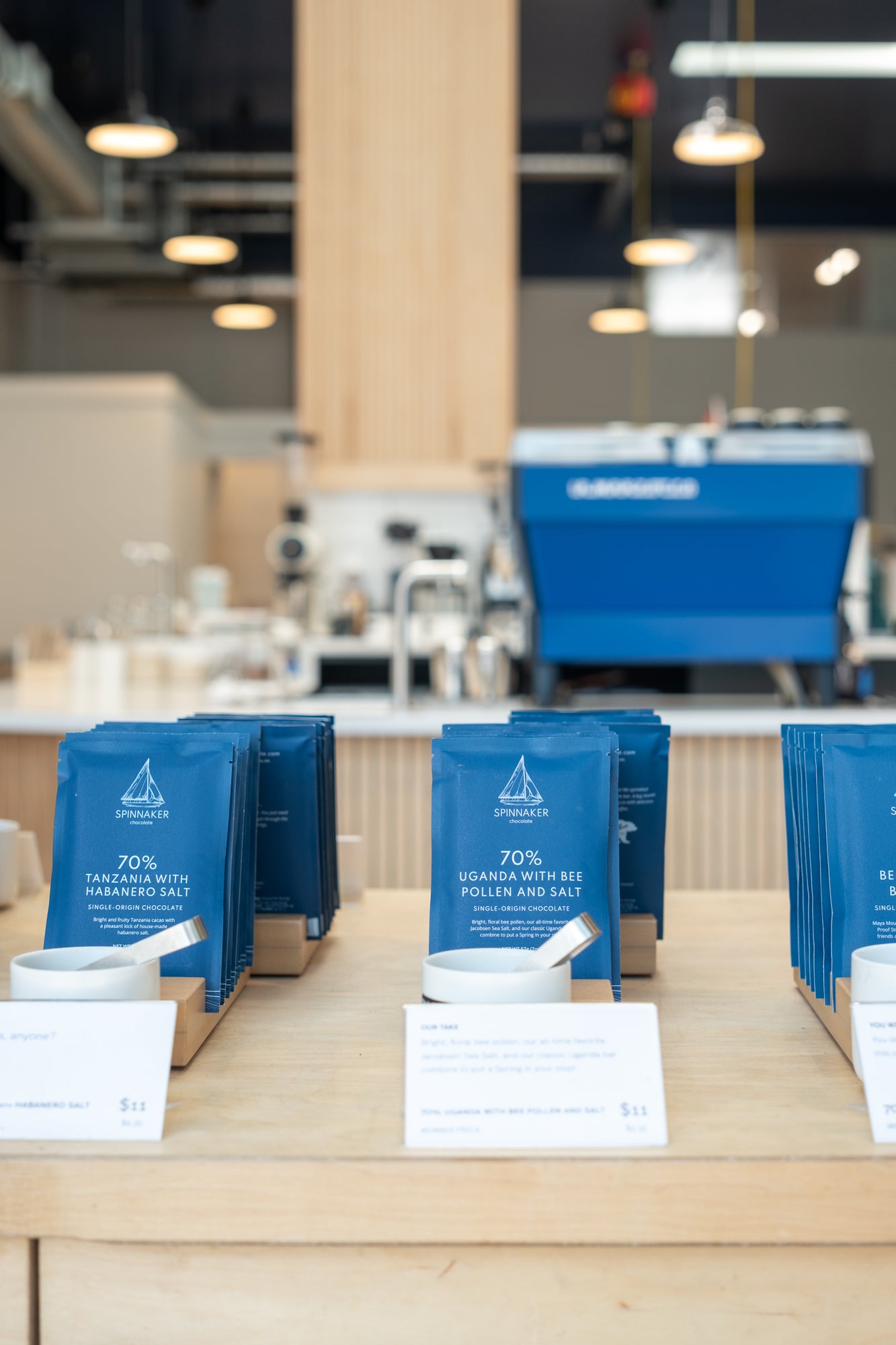
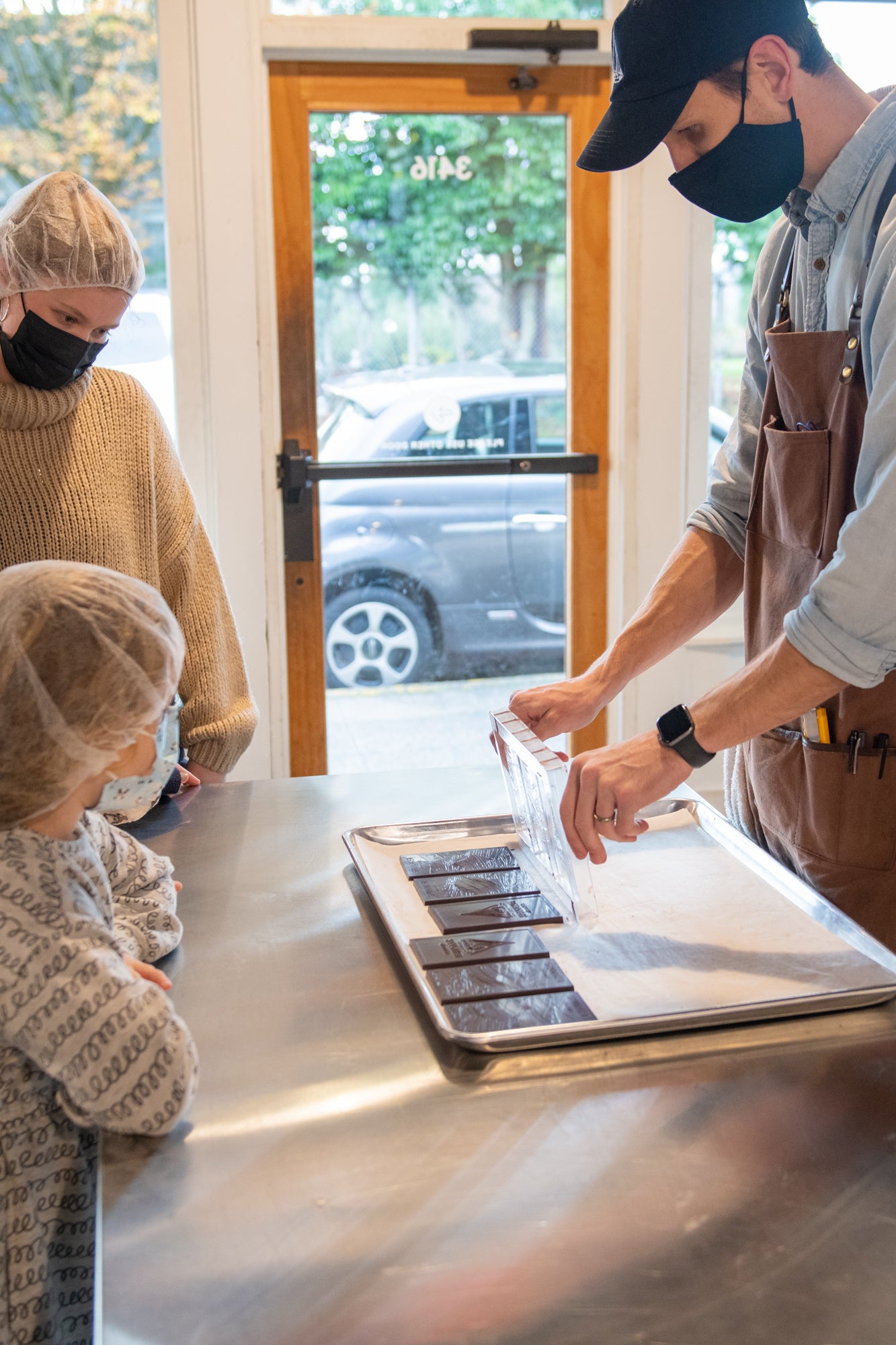
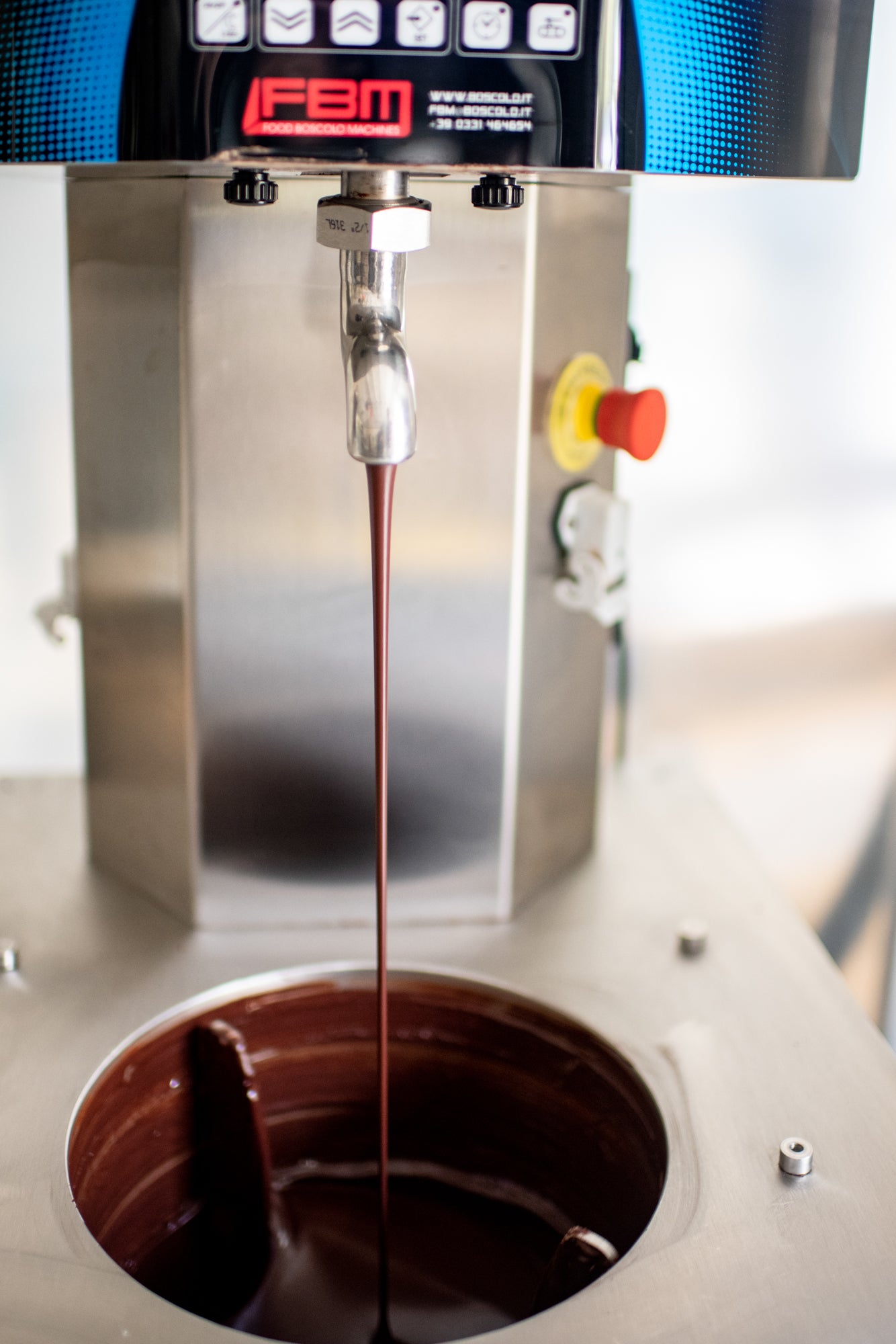


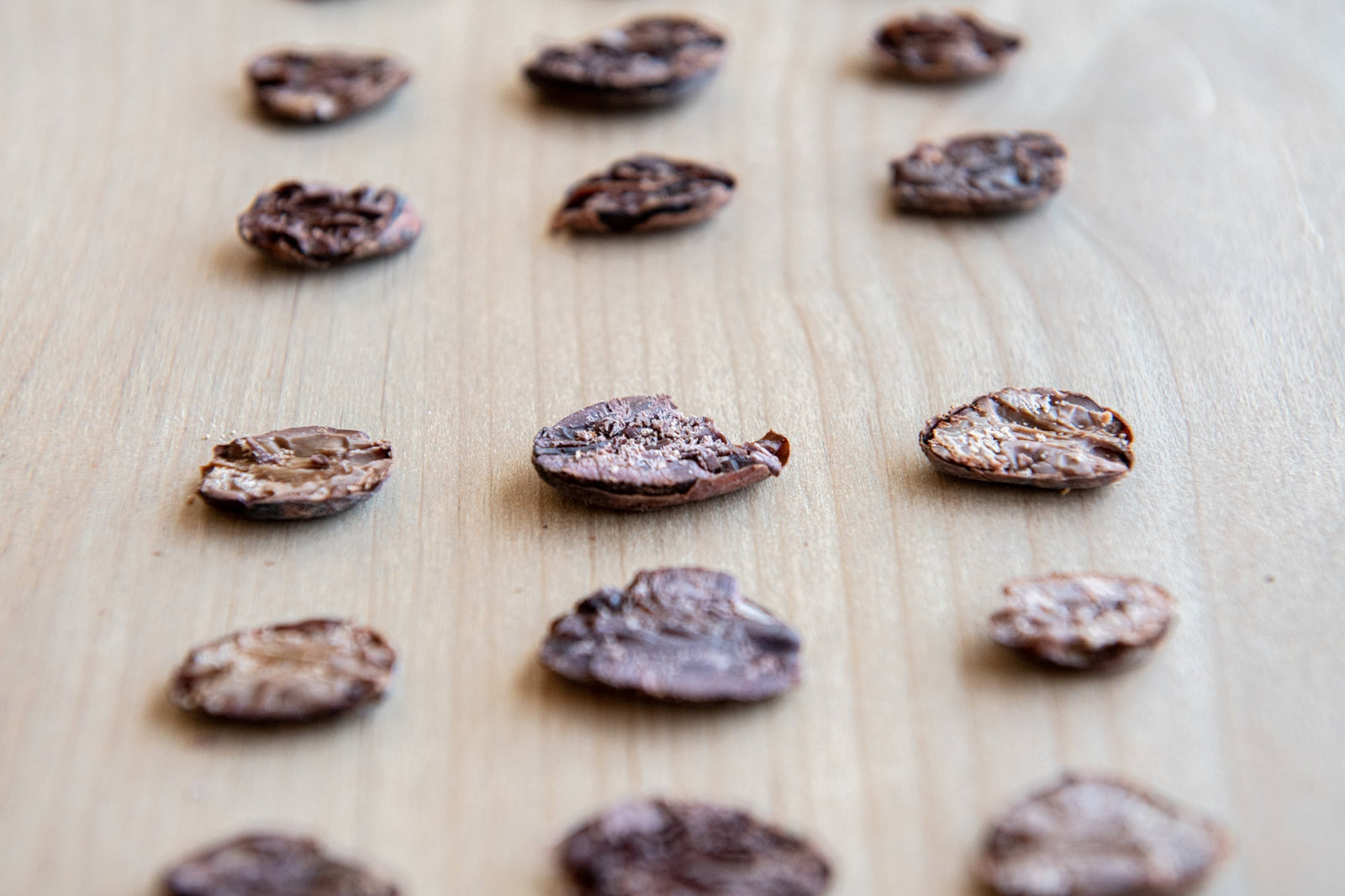
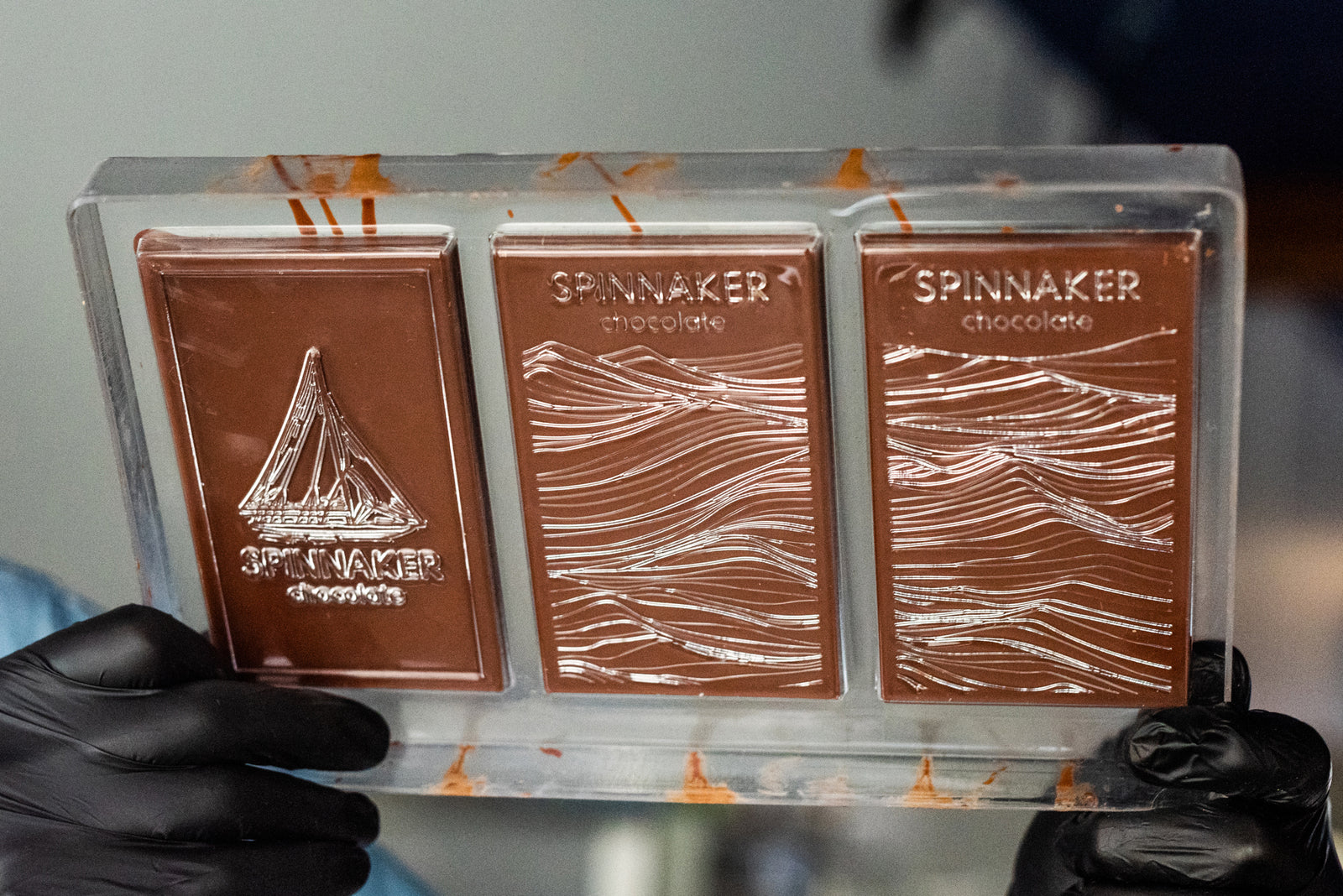
Leave a comment (all fields required)